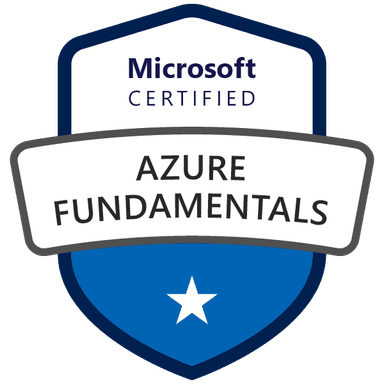AZ-900 Microsoft Azure Fundamentals Exam
Start here! Get your feet wet with the Microsoft cloud and begin your journey to earning your Microsoft Certified: Azure Fundamentals certification!
Practice Test

Practice Test

Describe cloud computing
Study Guides for Sub-Sections
The shared responsibility model is a key idea in cloud computing, especially in Azure. It explains how security and management tasks are split between the cloud provider (Microsoft...
When considering cloud models like IaaS, PaaS, and SaaS, it's crucial to evaluate their cost implications and management responsibilities. Eac...
Spot pricing in Azure offers a way to use unused compute capacity at significantly reduced costs compared to regular pay-as-you-go prices. This model is ideal for workloads that ar...
Cloud computing offers different ways to deploy resources, each with its own characteristics. These models include public, private, hybrid, and
Serverless computing allows you to run code without managing servers. In Azure, this is primarily achieved through Azure Functions. This approach lets developers focus on ...
Cloud computing offers different deployment models to suit various needs: public, private, and hybrid. Each model has unique characteristics, bene...
The consumption-based model in cloud computing means you pay for what you use, similar to paying for utilities like electricity or water. This model offers flexibility and cost-eff...